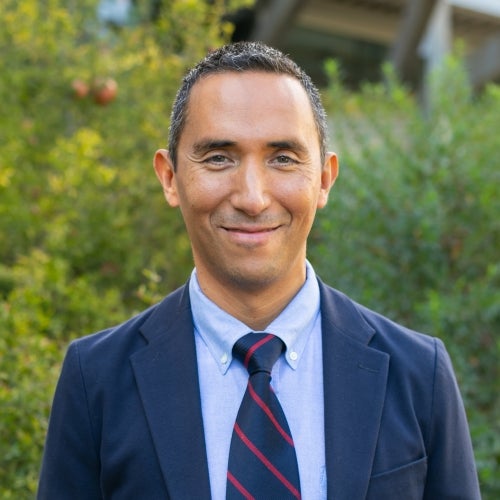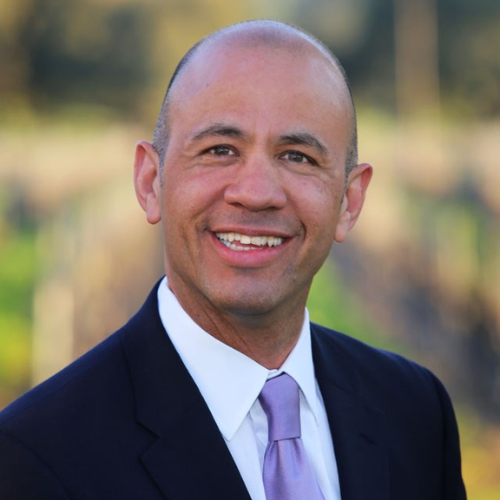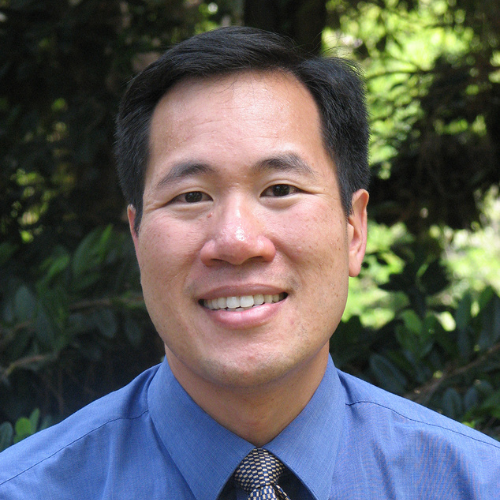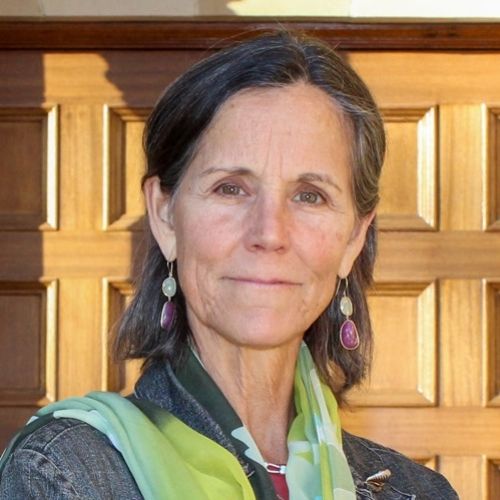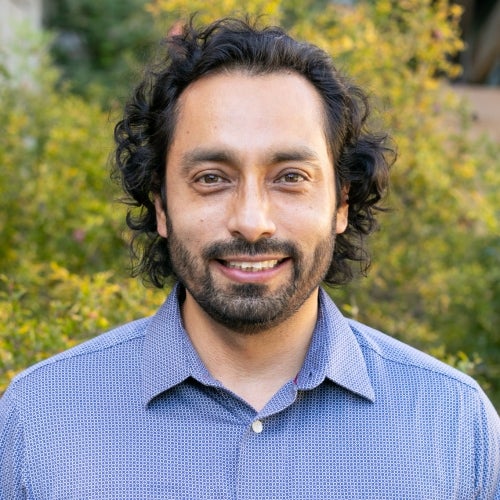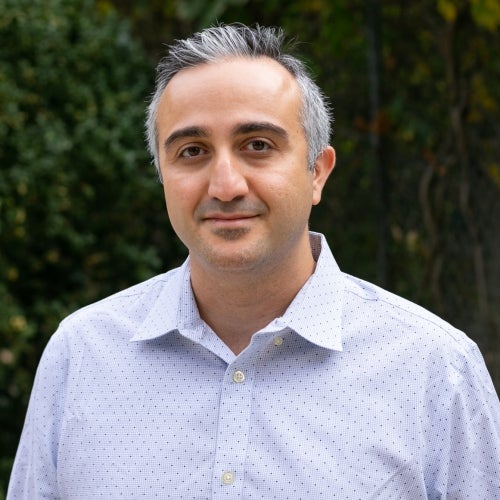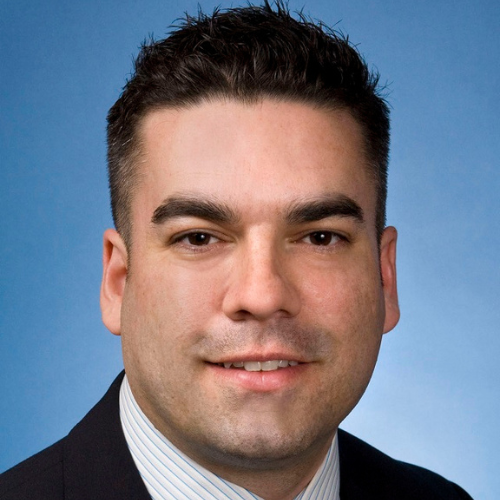The Road to Better Primary Healthcare
Research by an FSPH professor concludes we can learn much from Brazil.

AS THE U.S. GRAPPLES with how to achieve universal access to quality primary health care, a Fielding School faculty member who has studied the experience of Brazil suggests there is much to be learned from Latin America’s largest country.
In 1988, as part of its return to democracy, Brazil enshrined in its constitution the notion that health care is a universal right and state responsibility. Two years later, the government established a national health system known as the Sistema Único de Saúde (SUS), anchored by what came to be known as the Family Health Strategy (FHS). The FHS was pilot-tested beginning in the mid-1990s and expanded nationwide by the end of the decade.
Over the next two decades, a nation with relatively limited economic resources and massive inequalities experienced remarkable results. “The Family Health Strategy in Brazil is one of the world’s best-documented success stories of nationally scaling access to primary health care,” says James Macinko, an FSPH professor of health policy and management and community health sciences. “It has become a reference for the world.”
In the FHS, all health services are public, freely available, close to home, and based on a strong primary care orientation. Comprehensive care is provided by multidisciplinary community-based health teams, each of which includes a physician, nurse, and several community health workers who make monthly home visits.
Macinko began studying the impact of Brazil’s FHS in 2002, and has conducted research in partnership with local Brazilian universities and health authorities ever since; two FSPH doctoral students, Natalia Woolley and Brayan Seixas, are currently conducting their own studies on Brazil under his mentorship.
Macinko and his Brazilian colleagues have focused on outcomes that are particularly indicative of primary health care’s impact. Their research, published in The Lancet and other venues, has concluded, among other things, that the FHS has resulted in lower infant mortality rates, fewer deaths from heart disease and stroke, lower rates of avoidable hospitalizations, and enhanced equity in access to care and health outcomes.
For all of its success, the SUS is now at a crossroads, with Brazil introducing austerity measures in 2016 to freeze increases in health and education spending for the next 20 years in spite of the proven cost-effectiveness of the system. Such a move would likely cripple the continued expansion of the Family Health Strategy, which currently covers 130 million people, or 63% of the population. Macinko notes that the potential cutbacks are particularly ominous at a time when Brazil has one of the world’s most rapidly aging populations, and remains among the most unequal societies. “The SUS has provided services for people who had very little, and austerity is cutting many of these benefits,” says Macinko, who is working with his Brazilian colleagues on studies projecting the impacts of the austerity measures, both on the general population and on a cohort of aging Brazilians.
Although its future is uncertain, the SUS continues to serve as an important model for other countries. “In the U.S., we have a very fragmented health system with a weak primary care orientation,” Macinko says. “Brazil’s experience, while far from perfect, is a testament to how a system with a strong primary care focus can be cost-effective, efficient, and equitable.”
Faculty Referenced by this Article

Professor of Community Health Sciences & Health Policy and Management, and Associate Dean for Research

Director of Field Studies and Applied Professional Training

EMPH Academic Program Director with expertise in healthcare marketing, finance, and reproductive health policy, teaching in the EMPH, MPH, MHA program

Assistant Dean for Research & Adjunct Associate Professor of Community Health Sciences

Robert J. Kim-Farley, MD, MPH, is a Professor-in-Residence with joint appointments in the Departments of Epidemiology and Community Health Sciences
Nationally recognized health services researcher and sociomedical scientist with 25+ years' experience in effectiveness and implementation research.

Dr. Ron Andersen is the Wasserman Professor Emeritus in the UCLA Departments of Health Policy and Management.

Dr. Michelle S. Keller is a health services researcher whose research focuses on the use and prescribing of high-risk medications.



